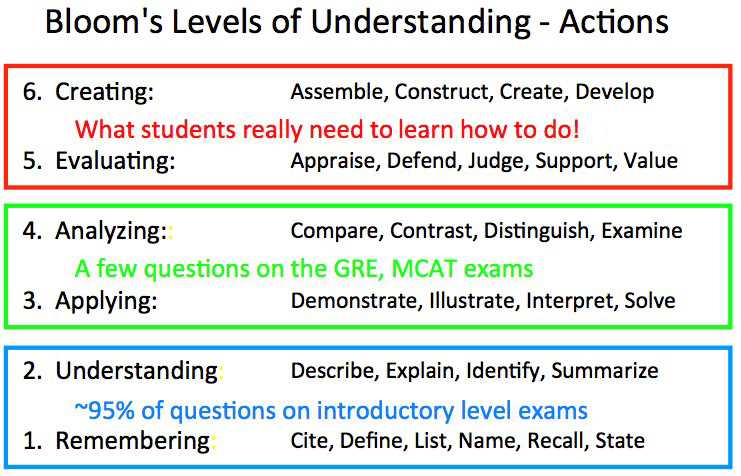A recent article in the Educause Review might be of interest to readers thinking about the value of gaming in the curriculum. [See also The Innovative Instructor May 13, 2014 post What is Gamification and Why Use It in Teaching?] Taking Serious Games Seriously in Education by Kristen Dicerbo, July 20, 2015, examines the value that games provide: “Games can serve as a means of not just developing domain-specific knowledge and skills but also identity and values key to professional functioning. The data from games enable understanding how students approach and solve problems, as well as estimating their progress on a learning trajectory.”
 DiCerbo, Principal Research Scientist at Pearson’s Center for Learning Science & Technology, notes that while educational gamification first focused on engaging students in the curriculum, it was “…found that games align themselves well with theories of learning in many other ways.” The use of games in the classroom can provide “…tighter ties to research-based learning progressions, better links to elements of professionalization, and better design for assessment.”
DiCerbo, Principal Research Scientist at Pearson’s Center for Learning Science & Technology, notes that while educational gamification first focused on engaging students in the curriculum, it was “…found that games align themselves well with theories of learning in many other ways.” The use of games in the classroom can provide “…tighter ties to research-based learning progressions, better links to elements of professionalization, and better design for assessment.”
The article highlights two games, Mars Generation One: Argubot Academy (designed for middle and high school students) and Nephrotex (17-19 year olds). Argubot Academy intends “to teach and assess skills of argumentation, including identifying evidence of different types, matching claims to evidence to form arguments, and evaluating claim and evidence links in others’ arguments.” Nephrotex provides “a semester-long experience in which players assume roles as interns in a fictitious bioengineering firm.” The games archive data while being used so that faculty and students can receive relevant progress reports.
The two games exemplify two approaches. The first is gamification that helps students develop and hone basic skills needed for a course or discipline (the art of developing an argument in the case of Argubot Academy). The second is a simulation situation that enables students to gain a broader understanding of a particular domain. DiCerbo discusses these two approaches in the sections Games and Learning Progressions and Games and Professionalization. The latter can be particularly useful for freshmen new to a discipline who are lost in the weeds of foundation courses that may not appear have any direct application to the major they have chosen. DiCerbo cites evidence that situational games can provide students with a view of what work in the profession might entail and the impetus to persist through the introductory phase of core courses.
“Apart from learning skills and knowledge of a domain, becoming a professional in a given area involves developing an identity, for example as an engineer, a psychologist, or a biologist. Novices must come to understand the beliefs that people in a given profession hold and assimilate those into their own belief structures. Commercial games have long employed the concepts of identity, allowing players to build avatars, join guilds, and form teams, all around specific combinations of knowledge and skill. Instead of building identities as wizards, can we use games to build identities more applicable to the real world?”
The article also covers the assessment opportunities that games can offer. The possibility of “invisible assessment” that comes from analysis of student interaction with the game, and that doesn’t interrupt the learning is intriguing.
DiCerbo concludes with three questions instructors should ask about games:
- What is the model of learning embodied in the game? What skills are needed for success in the game, and how are they sequenced in the game? Does that match known, research-based learning trajectories?
- Can you clearly identify cognitive and non-cognitive skills and attributes targeted in the game?
- Do reporting functions in the game link player actions to estimates of knowledge, skill, or ability?
Gaming has gained a lot of traction in the past few years. This article provides both evidence and incentive for you to think about how you might bring this pedagogical method “into play” in your classroom.
*********************************************************************************************************
Macie Hall, Senior Instructional Designer
Center for Educational Resources
Image Source: Pixabay.com














